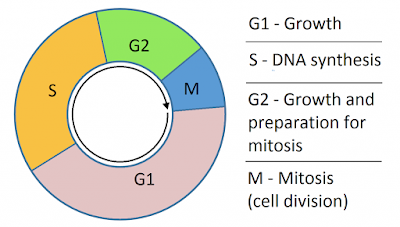- Virus was discovered by => Dimitri Ivanovsky (In 1892).
- Dimitri Ivanovsky discover virus during investigation of plant disease called Tobacco mosaic.
- Study of Virus is called as Virology.
- First discovered virus => Tobacco mosaic virus.
Characteristics of Virus:
- Complete lack of cellular level composition like Cytoplasm, Cell membrane, Cell organelles etc.
- Inside plant viruses transmit through phloem and Inside animal viruses transmit through blood.
- Viruses have either DNA or RNA but both never.
- viruses is composed of neucleoproteins.
- Viruses is assumed as accessories of living and non-living organisms. Thus viruses exhibit the properties of both living & non-living.
Sr. No. |
Living properties of Virus |
Non-Living properties of Virus |
| 1 | The presence of DNA or RNA. | Absence of cell. |
| 2 | Structural diversity. | Lack of protoplasm. |
| 3 | Geneticity & Parasitic properties. | Non re-productivity & growth outside |
| 4 | Sensitivity and Evolution. | Stored in the form of crystal outside |
| 5 | To spread diseases. | Lack of metabolic activities like |
Structure of Virus:
There are three
main constituents(Components) in the structure of virus.
- Protein caspid.
- Nucleic acid (DNA or RNA).
- Thick outer layer.
- In plant virus nucleic acid RNA is present.
- In animal virus nucleic acid DNA is present.
Types of Virus:
1) Plant Virus:
- This is a nucleic acid of RNA.
- The virus yellow mosaic virus (YMV) is a plant virus.
2) Animal Virus:
- This is a nucleic acid of DNA or RNA & usually spherical in shape.
- The virus like influenza, mups etc. are animal virus.
3) Bacteriophase:
- Such virus only depend on bacteria.
- In this virus DNA are present only & can destroy other viruses.
- It is also called as T2 Phase virus.
Advantages of Viruses:
- Used in study of Biotechnology.
- Bacteriophase virus used as a water preservative & due to its presence water doesn't rotten & remains fresh.
- Viruses are useful in cleaning the blue green algae.











